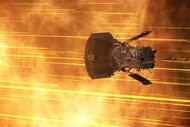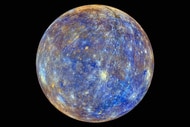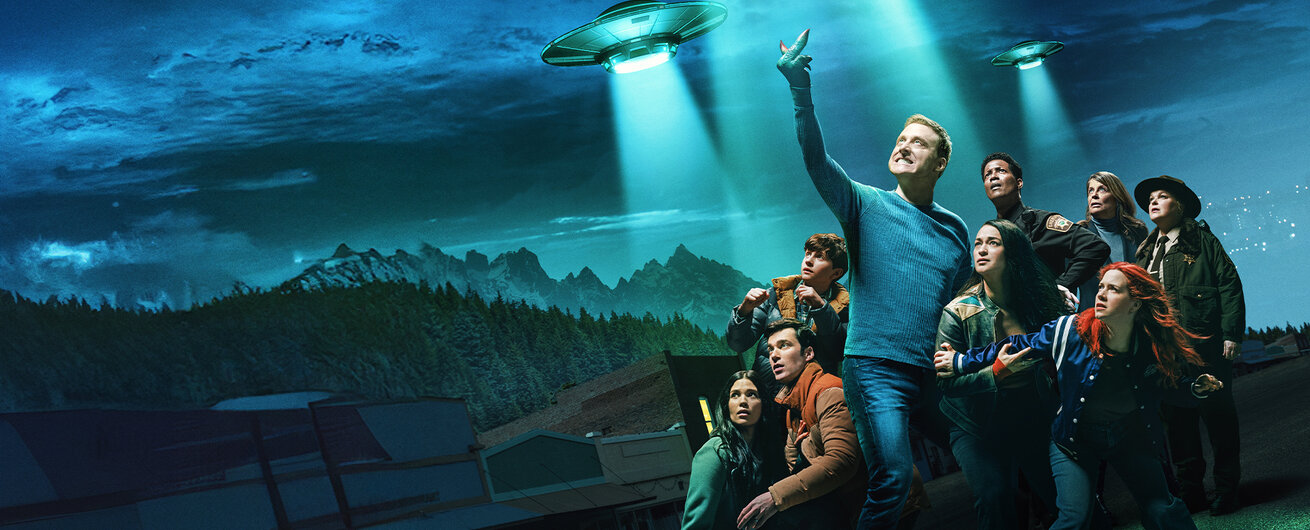Create a free profile to get unlimited access to exclusive videos, sweepstakes, and more!
New JWST Images Help Explain the Origin of the Solar System
It starts with a pebble rolling downhill through space.
Are we alone in the universe? It’s a question the characters in Resident Alien (streaming now on Peacock) no longer have to wonder about, but we do. As far as we can tell from all our observations, the Earth is a lonely paradise in a vast cosmic desert. Most of the other worlds we’ve discovered – more than 5,000 and counting – are beautiful and interesting in their own ways, but you wouldn’t want to live there.
RELATED: The JWST Bagged Its First Exoplanet, a Sweltering Earth-Sized World
Understanding how our solar system managed to pull off the magic trick that is our planet and how other star systems form and evolve could help us find the most likely sources for extraterrestrial life. Recently, astronomers made a breakthrough in our understanding of that process, thanks to new observations from the James Webb Space Telescope (JWST).
Star Systems Form Through the Process of Icy Pebble Drift
Icy Pebble Drift was proposed as a potential mechanism for star system evolution years ago, but it hasn’t been confirmed until now. The idea is that early star systems are dominated by ice-covered pebbles at their exterior. The remains of those icy bits eventually became the comets still lingering in a large halo around the solar system. During a system’s early adolescence, those pebbles drift toward the star and the system’s interior.
Once pebbles cross the snow line the ice evaporates or sublimates away, leaving the rocky center behind. Astronomers used JWST’s Mid-Infrared Instrument (MIRI) to scope out distant star systems still in the process of forming. They looked at two different types of systems, those with compact discs and those with fractured discs made of rings of material punctuated by gaps of mostly empty space. They used MIRI because it’s particularly good at detecting water vapor, which they expected to find if Icy Pebble Drift was occurring. JWST found water vapor exactly where scientists expected to find it.
RELATED: Hubble and JWST Join Forces to Create Most Colorful View of the Cosmos Ever
The observations found that pebbles move freely from the exterior to the interior in compact discs, but they have a little more trouble in extended discs. In compact discs, pebbles make their way toward the center, where they deliver plenty of rocky material for making planets and plenty of water for hydrating those planets. In sparser discs, many of the pebbles get stuck in the gaps between rings and never make it to the interior.
While JWST’s detection of significant water vapor in the interior of fledgling star systems is an exciting confirmation for cosmology, it might also be a boon for extraterrestrial life. The unavoidable consequence of Icy Pebble Drift is water and rock delivered to the interior in tandem. It might mean that water-rich rocky worlds of the kind we might recognize might be more common than we supposed.
"As they cross the snow line, their ice turns to vapor and provides a large amount of water to enrich the just-forming, rocky, inner planets," researchers said in an ESA statement.
Still, we haven’t found any place as cool as Earth out there. It’s no wonder all the aliens want our spot.
Catch the first two seasons of Resident Alien streaming now on Peacock.



































